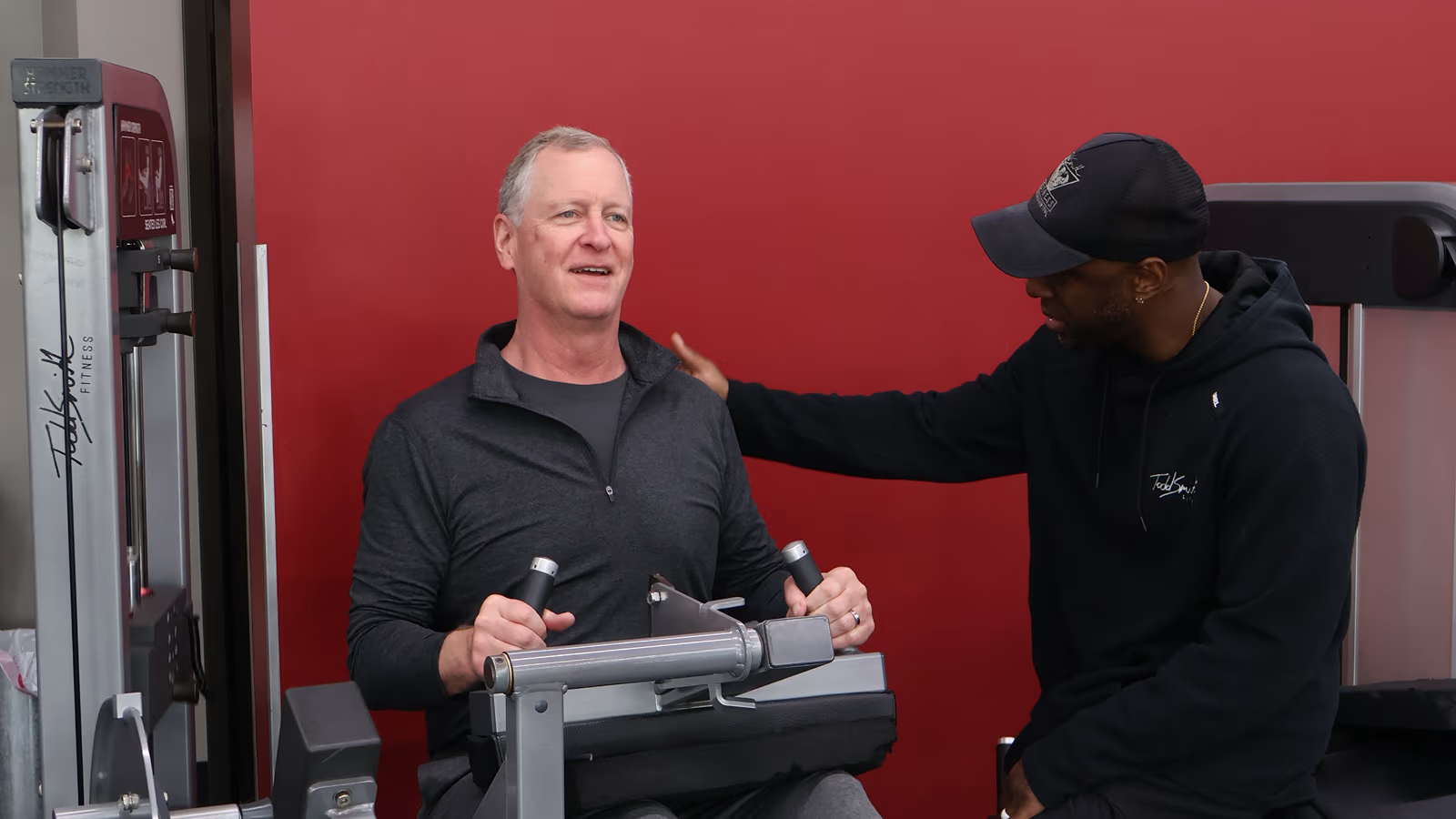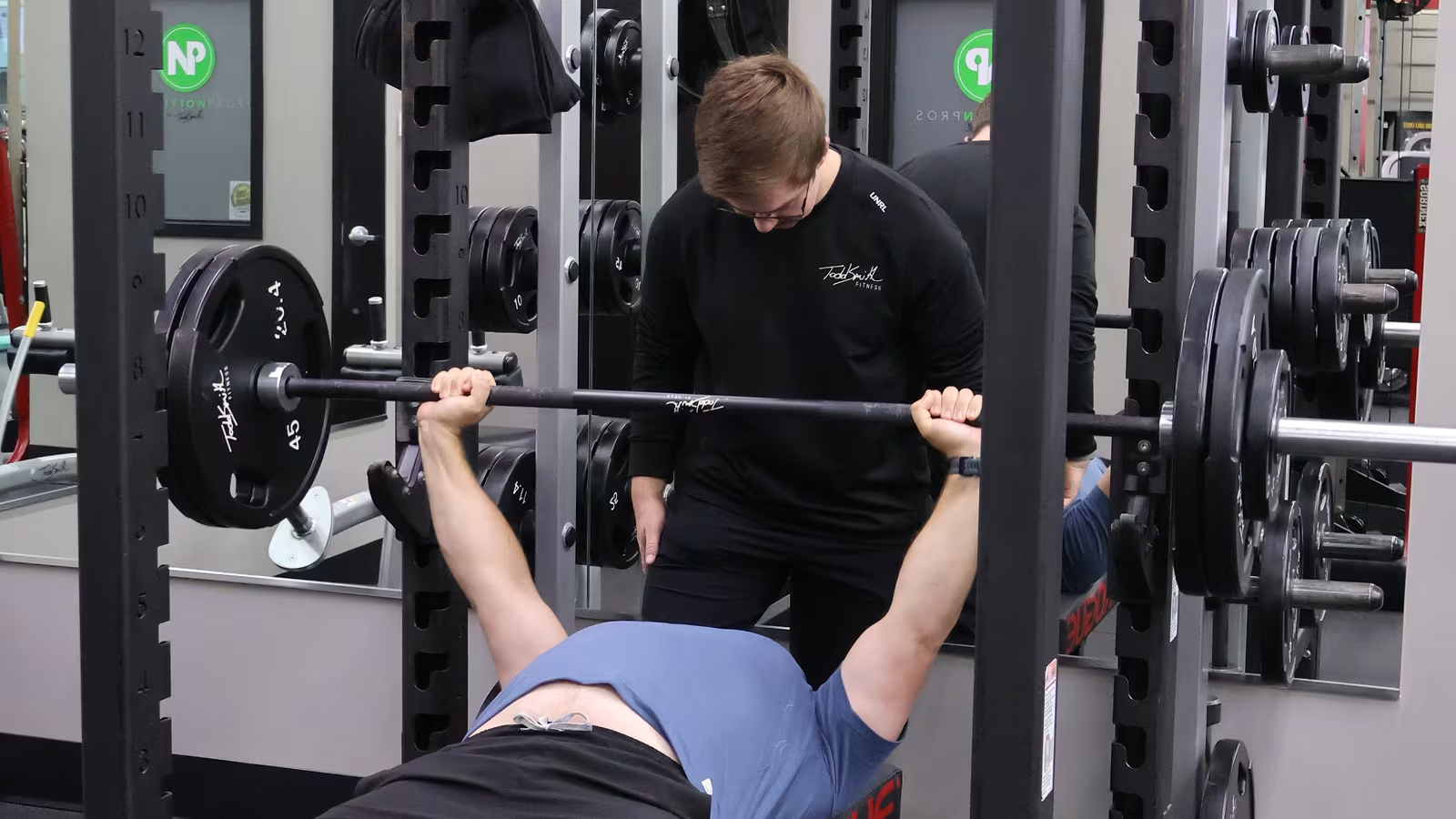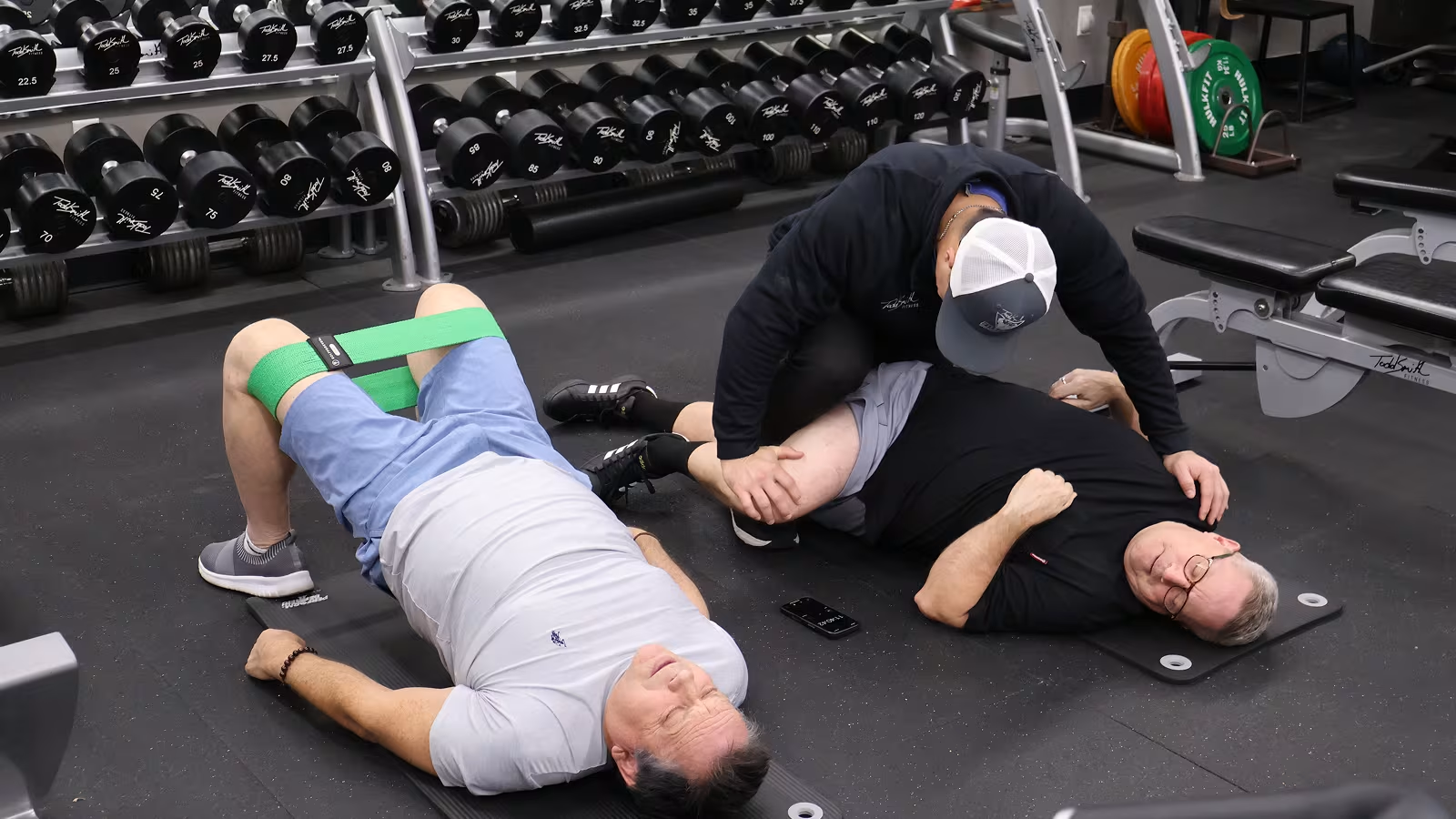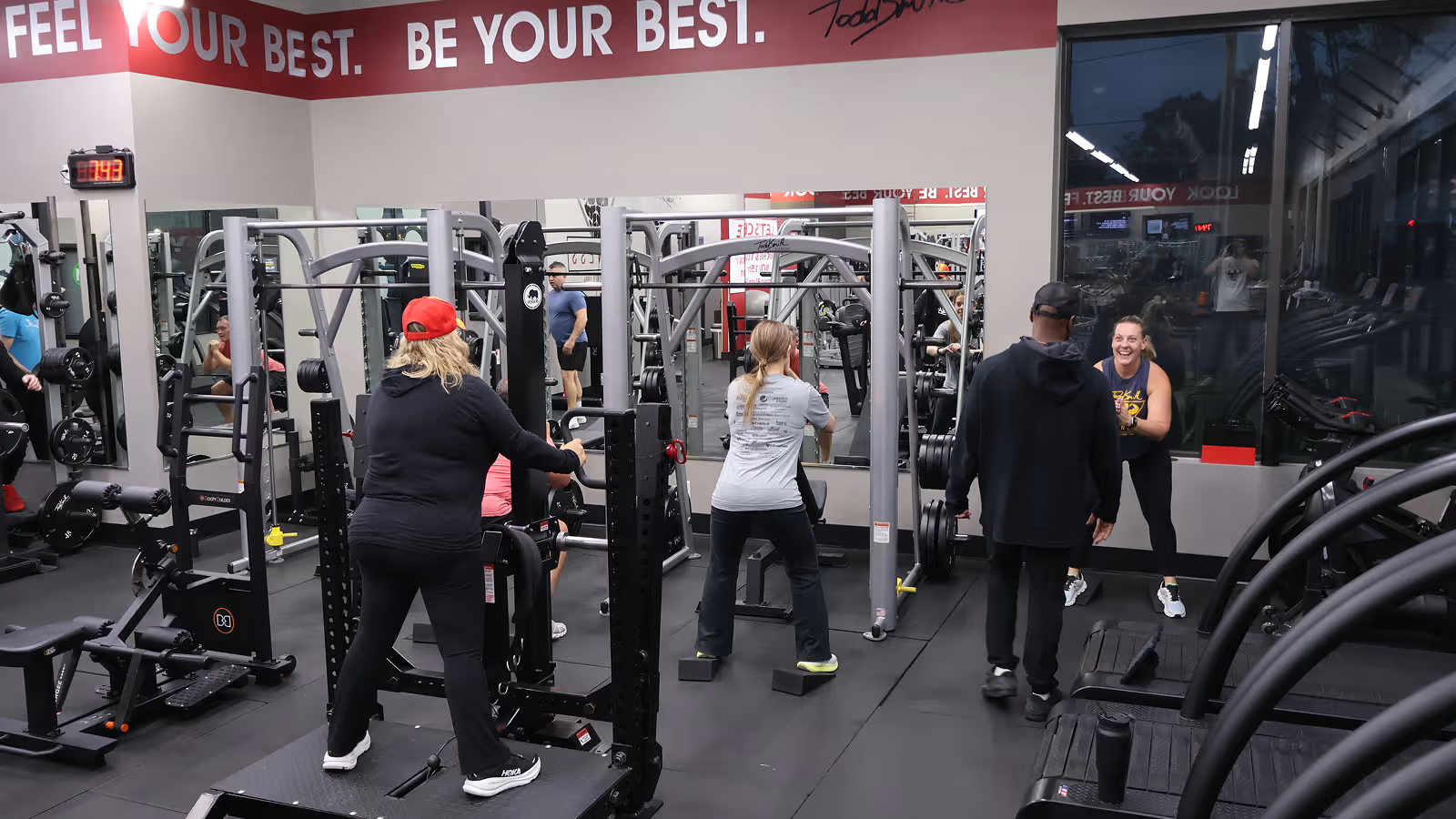You’ve probably heard it a hundred different ways: “Protein builds muscle.”
But how much do you actually need? And does it really matter if you’re not trying to “bulk up”? The truth is: If you want to move well, train hard, and recover faster — you need more protein than you think.
Whether you’re strength training in a micro-group class, trying to maintain lean muscle as you age, or simply aiming to feel better in your body — protein is non-negotiable.
Let’s break it down.
Why Protein Matters
Protein isn’t just for bodybuilders — it’s for everyone who wants to stay strong, lean, and energized. It helps your body:
- Repair and rebuild muscle tissue
- Support metabolism and fat loss
- Keep you full between meals (so you’re less likely to reach for junk)
- Strengthen skin, hair, nails, and immune health
Unlike carbs or fat, your body can’t store protein for later. That’s why consistent intake throughout the day is key — especially if you’re strength training.
How Much Protein Do You Actually Need?
TSF-Approved Guidelines (Backed by Science)
We follow the recommendations of Dr. Stu Phillips, one of the leading researchers in protein science. Instead of using grams per kilogram (like most studies), he recommends using grams per pound of body weight — it’s simpler and more relevant for real life.
- Sedentary Adults ~0.36g/lb (absolute minimum)
- Active Adults ~0.6–0.75g/lb
- Regular Strength Training ~0.7–1.0g/lb
- Adults 50+ (to preserve muscle) ~0.8–1.0g/lb
- Fat Loss Goals - up to 1.2g/lb
Example: If you weigh 165 lbs and strength train 3–5 times per week, your sweet spot is likely 115–165 grams per day.
Quality Counts: Best Protein Sources for Real Life
Not all protein is created equal. For best results, focus on:
- Lean animal proteins: Chicken, turkey, lean beef, eggs, fish
- Dairy options: Greek yogurt, cottage cheese, whey protein
- Plant-based sources: Tofu, lentils, quinoa, tempeh (pro tip: combine sources to cover all amino acids)
Busy day? A scoop of protein powder can be a simple way to hit your numbers — especially after workouts.
TSF Tip: If you follow a plant-based diet, aim for at least 1.0–1.2g/lb to ensure you’re getting all the essential amino acids needed for recovery and muscle growth.
How to Hit Your Protein Goal (Without Tracking Every Bite)
We’re not here to make you obsess over food scales or macros.
Here’s a simple TSF strategy: ✅ Include a protein source in every meal and snack. That might mean:
- Eggs with breakfast
- Chicken or tempeh with lunch
- Greek yogurt or protein shake as a snack
- Lean beef, fish, or lentils with dinner
Small, consistent choices = major long-term impact.
Bottom Line: Protein Powers Progress
If you’re training regularly — especially in TSF’s micro-group strength classes — getting enough protein is one of the simplest ways to see better results, faster.
More energy. Faster recovery. Less soreness. More strength.
Don’t just train hard — fuel smart.
Need Help Dialing in Your Nutrition?
We’re here to guide you — whether that’s through personalized support, smart habits, or just making sure you’re not leaving gains on the table.
Join a TSF session or chat with a coach to start optimizing your recovery and results — from the inside out.








